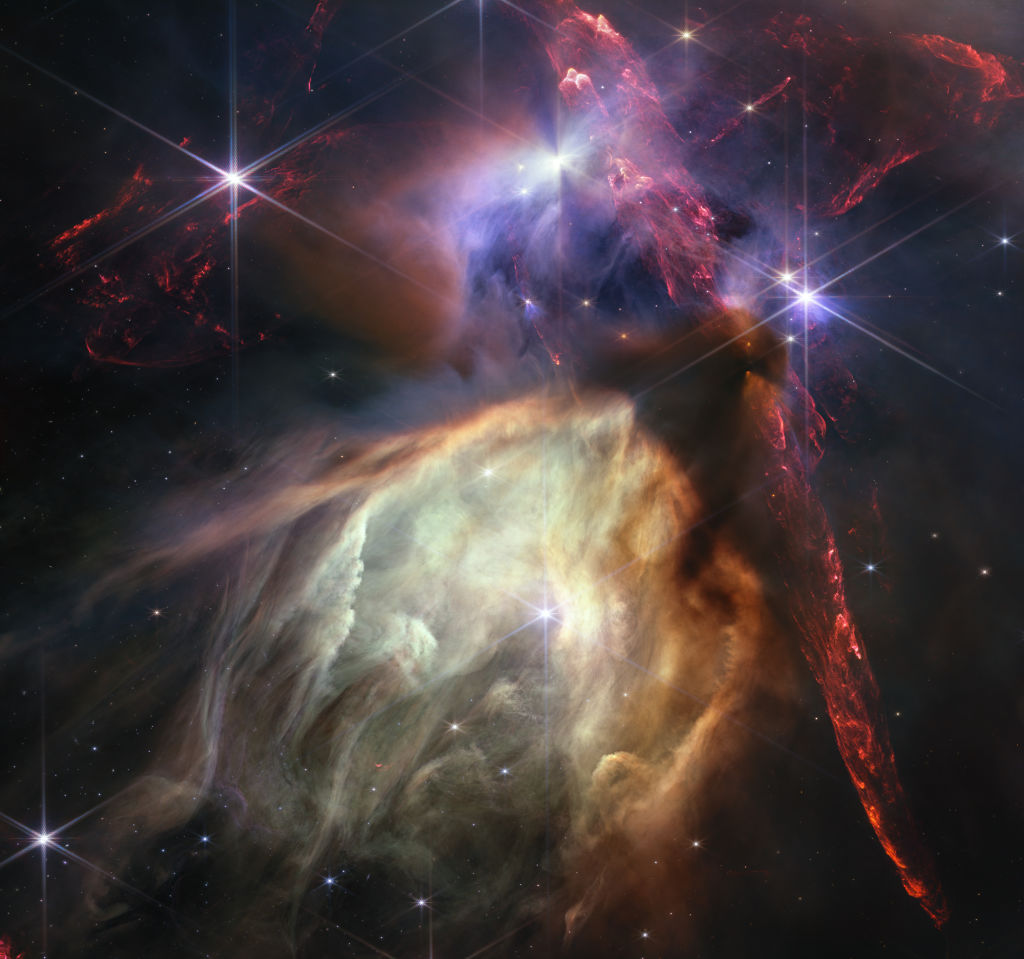NASA’s James Webb Space Telescope Discovers Dusty Star-Forming Galaxy AzTECC71
In a recent groundbreaking discovery, the James Webb Space Telescope (JWST) has captured an image of a previously enigmatic and elusive dusty galaxy, the AzTECC71. This galaxy had initially been observed as a glowing blob through ground-based telescopes and then disappeared from images taken the Hubble Space Telescope, only to reappear in a distinct form through the JWST.
Astronomers from the COSMOS-Web collaboration have classified AzTECC71 as a dusty star-forming galaxy, actively generating numerous new stars while being shrouded in dust. The discovery of this galaxy challenges previous assumptions about the rarity of such galaxies in the early universe, suggesting they may be more common than initially thought.
Jed McKinney, a postdoctoral researcher at The University of Texas at Austin, expressed excitement about the findings, describing AzTECC71 as a galaxy forming hundreds of new stars annually. The COSMOS-Web project, a major JWST research initiative, aims to map up to one million galaxies within a specific region of the sky and has already identified more than a dozen additional candidates, contributing to understanding galaxy evolution.
Dusty star-forming galaxies, which are challenging to observe in optical light due to the absorption of starlight dust, have been traditionally referred to as “Hubble-dark galaxies.” The JWST provides a groundbreaking opportunity to study these heavily dust-obscured galaxies’ optical and infrared properties due to its enhanced sensitivity and capability to operate in the infrared spectrum.
The discovery of AzTECC71 as a dust-obscured galaxy demonstrates the JWST’s ability to penetrate through thick dusty veils and explore hidden aspects of the universe. This discovery suggests that the early universe may have been significantly dustier than previously believed. As the COSMOS-Web project continues its observations, astronomers anticipate unveiling more of these JWST-faint galaxies and gaining deeper insights into the obscured realms of cosmic evolution.
The estimated redshift of AzTECC71 places it around 900 million years after the Big Bang, providing a valuable piece to the cosmic puzzle. The findings of the study were published in the Astrophysical Journal.
As the JWST continues to make groundbreaking discoveries, researchers and astronomers anticipate gaining a deeper understanding of the early universe and the obscured realms of cosmic evolution, opening a whole new chapter in space exploration and understanding.

